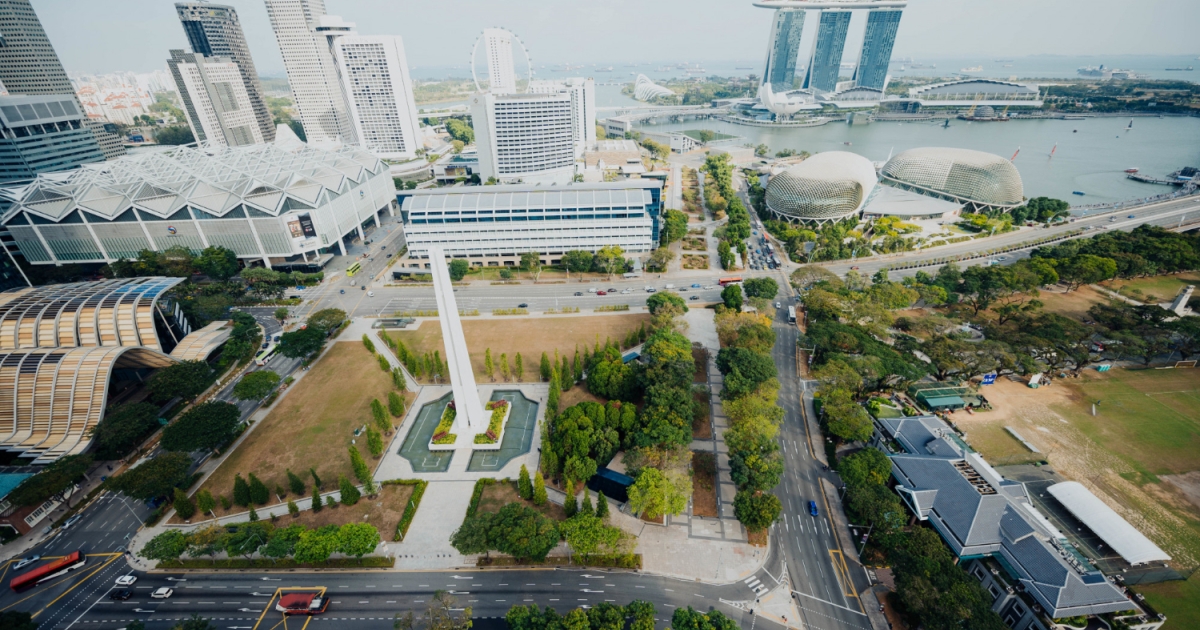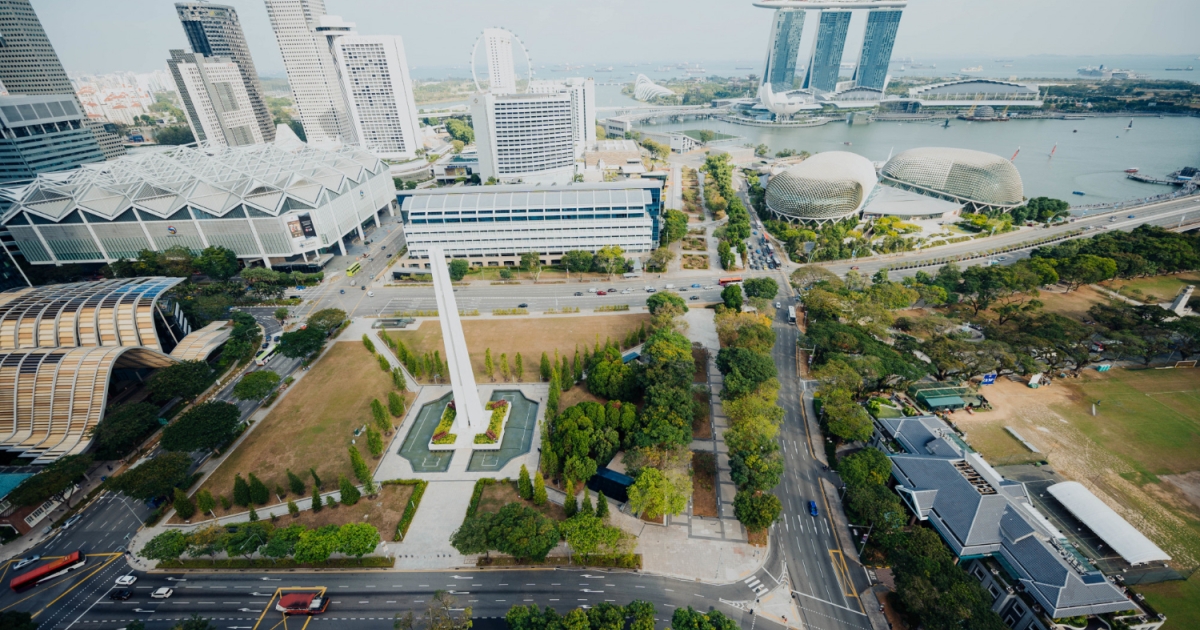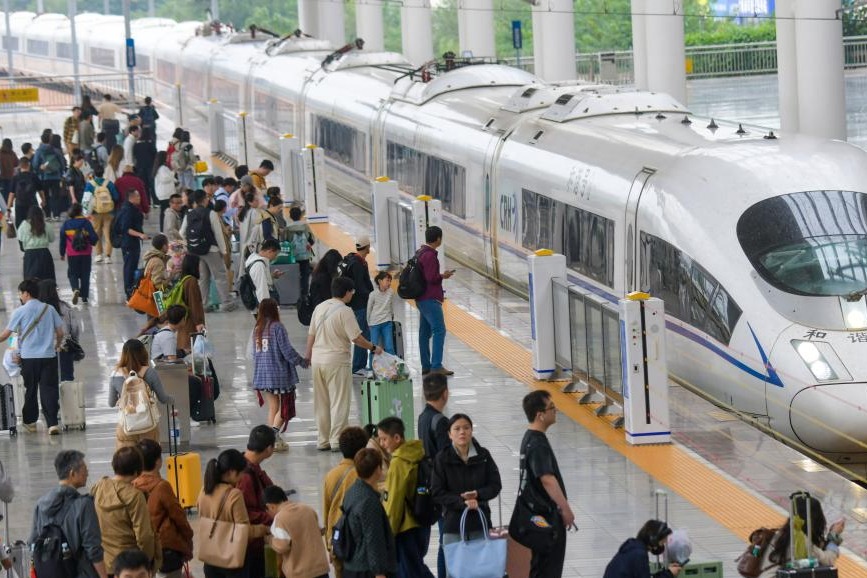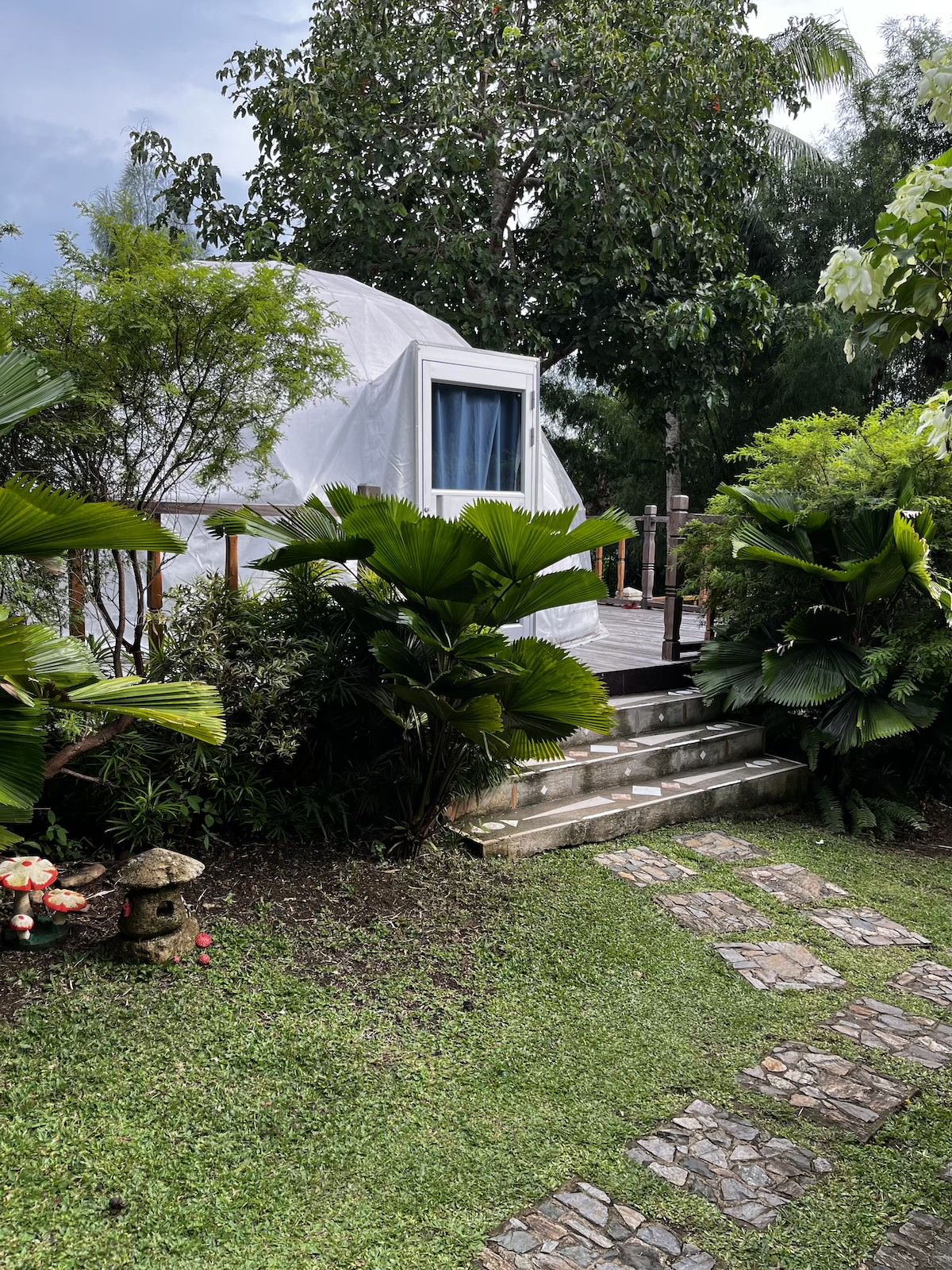
Some may form joint ventures for big projects to cut risk.
Singapore property developers are unlikely to bid aggressively for upcoming land sales, weighed down by elevated construction costs, tighter margins, and a surplus of unsold homes.
“They will be more cautious and measured,” Catherine He, head of research at Colliers International (Singapore) Pte Ltd., told Real Estate Asia. “With rising construction costs, their margins will be squeezed. There’s also quite a lot of unsold inventory—more than two years’ worth of demand—so they won’t be that aggressive in bidding.”
Cooling measures have also curbed risk appetite among developers. She cited the revised seller’s stamp duty, which now requires a minimum holding period of four years—up from three—as another reason developers will be more cautious.
More than 20,400 private residential units, including executive condominiums, remained unsold in the second quarter, according to data from the Urban Redevelopment Authority. The Building and Construction Authority expects construction costs to rise by as much as 2% this year.
In light of these challenges, developers are expected to form joint ventures, particularly for large and complex projects like Bishan and Paya Lebar Air Base, to cut risk, He said via Zoom.
“Prices have reached a level where developers may prefer to reduce risk by bidding jointly,” Alan Cheong, executive director for research and consultancy at Savills Singapore, told Real Estate Asia.
The government’s Draft Master Plan 2025, which outlines land-use strategies for the next 10 to 15 years, is under review after a public consultation that ended on 23 July.
The plan proposes zoning adjustments across 12 planning areas, including changes to plot ratios and reclassification of certain residential sites to white sites, allowing more flexible use.
“The changes were not surprising,” he said in a separate Zoom call, but expressed disappointment about the failure to ease plot ratios or height limits near airports.
Despite broad caution, certain sites are expected to attract strong interest. Colliers’ He cited Dover-Medway, Paterson, Newton, and Paya Lebar Air Base–Defu as locations to watch.
“Dover-Medway is very near the demand pool. There’s a huge workforce, and nearby institutions like the Singapore Polytechnic, National University of Singapore, and National University Hospital,” she said.
“Paya Lebar Air Base is a very new residential area. I think it will appeal to developers who are keen to get a first-mover advantage,” she added.
Other high-potential sites include Bukit Timah Turf City and the former Keppel Golf Course, which could yield 15,000–20,000 and 9,000 homes respectively, based on Colliers data.
The trend is moving toward more mixed-use developments, supporting the government’s goal of distributing population and activity more evenly across the island.
“[At least] we won’t see what happened in the central business district, where you have largely offices, and it becomes very dead during the evenings or the weekends,” she said. “The government wants to provide an even distribution of the population throughout the whole island.”
Cheong expects a mix of retail, residential, office, and mixed-use projects to emerge in fringe areas and well-connected suburbs, offering alternatives to the traditional city core.






